Table of content
Garlic sprouts, also known as garlic stems or garlic chives, are a versatile and flavorful vegetable widely used in Asian, European, and Middle Eastern cuisines. Their crisp texture and mild garlic flavor make them a popular addition to stir-fries, soups, salads, and more. However, one of the most common challenges home cooks face is determining the ideal cooking time to achieve that perfect balance of tenderness and crunch. Overcook them, and they become mushy and lose their vibrant color; undercook them, and they remain fibrous and tough. This article delves into the science and art of cooking garlic sprouts, exploring factors that influence cooking time, recommended durations for various methods, and tips to elevate your dishes to culinary perfection.
Understanding Garlic Sprouts: Structure and Composition
Before diving into cooking techniques, it’s essential to grasp the anatomy of garlic sprouts. These vegetables are the flower stalks of the garlic plant, harvested before the bulb matures. They consist of a hollow green stem and a small, unopened flower bud at the tip. The stems are rich in fiber, vitamins (such as C and K), and minerals like iron and calcium. Their high water content (approximately 90%) contributes to their crispness but also means they cook relatively quickly compared to denser vegetables like carrots or broccoli.
The cellular structure of garlic sprouts plays a significant role in cooking time. The hollow stems are lined with thin, delicate cell walls that break down rapidly when exposed to heat. This breakdown softens the texture but also releases moisture, which can lead to sogginess if overcooked. Balancing heat and time is critical to preserving their integrity.
Factors Influencing Cooking Time
Several variables affect how long garlic sprouts take to cook:
-
Thickness of the Stems: Thicker stems require longer cooking times than thinner ones. If your sprouts are particularly robust, consider slicing them diagonally into thinner strips to expedite cooking.
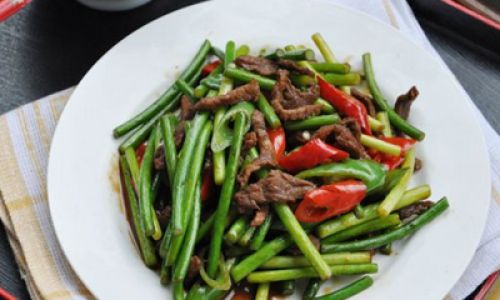
-
Freshness: Fresher garlic sprouts have a higher moisture content and firmer texture, necessitating slightly longer cooking to soften. Older, wilted sprouts may cook faster but lack the same crispness.
-
Heat Intensity: High heat (e.g., stir-frying) cooks garlic sprouts quickly, retaining their vibrant color and crunch. Lower heat (e.g., simmering in soups) requires more time but yields a softer texture.
-
Desired Texture: Do you prefer your sprouts crisp-tender (slightly firm with a bite) or fully tender? Adjust cooking time accordingly.
-
Cooking Method: Different techniques—stir-frying, blanching, roasting, etc.—yield varying results and durations.
Cooking Methods and Recommended Times
Stir-Frying
Stir-frying is the most popular method for garlic sprouts, prized for its speed and ability to preserve crispness.
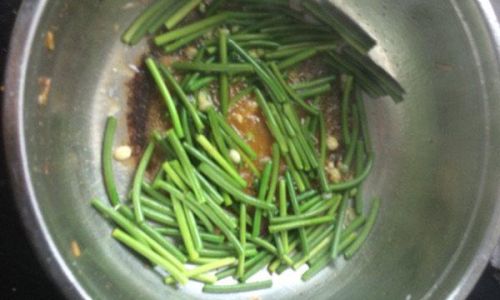
- Time: 2–4 minutes
- Technique:
- Heat 1–2 tablespoons of oil (sesame, peanut, or vegetable) in a wok or skillet over high heat.
- Add minced garlic or ginger (optional) and sauté for 30 seconds until fragrant.
- Toss in garlic sprouts and stir continuously.
- Cook for 2 minutes for crisp-tender or 3–4 minutes for softer texture.
- Season with soy sauce, oyster sauce, or a pinch of salt and pepper.
Pro Tip: Overcrowding the pan can steam the sprouts instead of stir-frying them. Cook in batches if necessary.
Blanching
Blanching involves briefly boiling vegetables before shocking them in ice water. This method retains color and texture, often used as a pre-cooking step.
- Time: 1–2 minutes
- Technique:
- Bring a pot of salted water to a rolling boil.
- Add garlic sprouts and cook for 1 minute (crisp-tender) or 2 minutes (softer).
- Immediately transfer to an ice bath to halt cooking.
- Drain and pat dry before using in salads, stir-fries, or as a garnish.
Key Insight: Blanching softens the fibrous texture without sacrificing vibrancy, making it ideal for raw applications like salads.
Roasting
Roasting garlic sprouts caramelizes their natural sugars, yielding a nutty, slightly sweet flavor.
- Time: 10–15 minutes at 400°F (200°C)
- Technique:
- Toss garlic sprouts with olive oil, salt, pepper, and optional spices (e.g., paprika, chili flakes).
- Spread in a single layer on a baking sheet.
- Roast for 10 minutes for tender stems or 15 minutes for crispy edges.
Variation: Add garlic cloves or cherry tomatoes during the last 5 minutes for extra flavor.
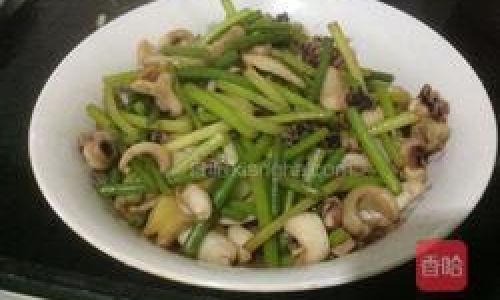
Steaming
Steaming is a gentle method that preserves nutrients and moisture.
- Time: 3–5 minutes
- Technique:
- Place garlic sprouts in a steamer basket over boiling water.
- Cover and steam for 3 minutes (crisp-tender) or 5 minutes (soft).
- Serve with a drizzle of sesame oil or soy sauce.
Advantage: Steaming is ideal for those seeking a low-fat cooking method.
Grilling
Grilling imparts a smoky char and enhances the sprouts’ natural sweetness.
- Time: 4–6 minutes over medium heat
- Technique:
- Toss garlic sprouts with oil, salt, and pepper.
- Grill in a perforated grill pan or directly on the grate, turning occasionally.
- Remove when grill marks appear (4 minutes for crisp, 6 minutes for tender).
Pairing Suggestion: Serve grilled garlic sprouts alongside grilled meats or fish.
How to Test for Doneness
Visual and textural cues are your best tools:
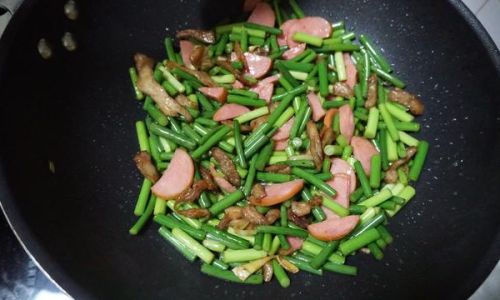
- Color: Fresh garlic sprouts are bright green. Overcooking dulls this hue to a muted olive.
- Texture: Pierce a stem with a fork. If it meets slight resistance, it’s crisp-tender; if it glides through easily, it’s fully tender.
- Taste: Sample a piece. It should have a mild garlic flavor without bitterness.
Common Mistakes to Avoid
- Overcrowding the Pan: This traps steam and softens sprouts unevenly.
- Using Low Heat: Slow cooking risks mushiness. Maintain high heat for stir-fries.
- Skipping the Ice Bath After Blanching: This step locks in color and crispness.
- Adding Acid Too Early: Vinegar or lemon juice added during cooking can toughen sprouts. Add after cooking.
Advanced Techniques for Enthusiasts
Velveting (Chinese Technique)
Marinate garlic sprouts in a mixture of cornstarch, egg white, and oil before stir-frying. This seals in moisture and ensures even cooking.
- Time: 3–4 minutes
- Result: Exceptionally tender stems with a silky texture.
Pickling
Quick-pickle garlic sprouts for a tangy, crunchy condiment.
- Time: 10 minutes (plus 1 hour marinating)
- Method:
- Simmer vinegar, sugar, salt, and water.
- Pour over sliced garlic sprouts and let cool.
- Refrigerate for 1 hour before serving.
Fermenting
Ferment garlic sprouts with salt to create probiotic-rich kimchi or sauerkraut.
- Time: 3–7 days
- Process:
- Massage sprouts with salt.
- Pack into a jar and submerge in brine.
- Ferment at room temperature until bubbly.
Pairing Suggestions and Recipe Ideas
Garlic sprouts’ mild flavor complements a wide range of ingredients:
- Stir-Fry with Shrimp: Toss cooked shrimp with garlic sprouts, bell peppers, and a soy-ginger sauce.
- Garlic Sprout Pesto: Blend roasted sprouts with basil, Parmesan, pine nuts, and olive oil.
- Spring Rolls: Wrap blanched garlic sprouts, rice noodles, and herbs in rice paper.
- Omelette Filling: Sauté garlic sprouts with mushrooms and cheese for a savory breakfast.
Nutritional Benefits and Dietary Considerations
Garlic sprouts are a nutritional powerhouse:
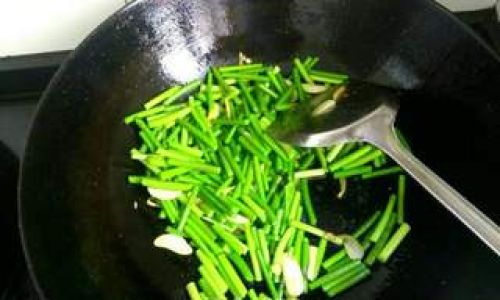
- Low in Calories: A 100g serving contains just 35 calories.
- High in Fiber: Aids digestion and promotes satiety.
- Antioxidant-Rich: Contains allicin, a compound linked to reduced inflammation and improved heart health.
Dietary Notes: Suitable for vegan, gluten-free, and low-carb diets.
Conclusion: The Pursuit of Perfection
Cooking garlic sprouts to perfection is an exercise in balance—a dance between heat, time, and texture. Whether you prefer the rapid sizzle of a stir-fry or the slow caramelization of roasting, mastering the ideal cooking time elevates this humble vegetable into a star ingredient. Experiment with methods, adjust to your taste, and soon you’ll find yourself effortlessly navigating the delicate line between crisp and tender. So next time you’re in the kitchen, remember: the key to flawless garlic sprouts lies not just in the recipe, but in the rhythm of your spatula and the tick of the clock. Happy cooking!

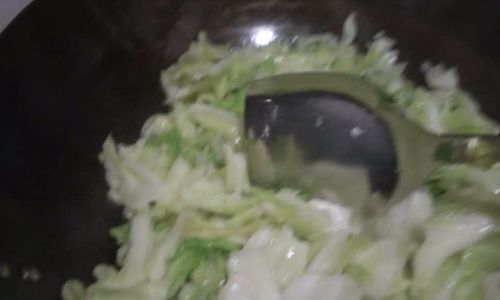
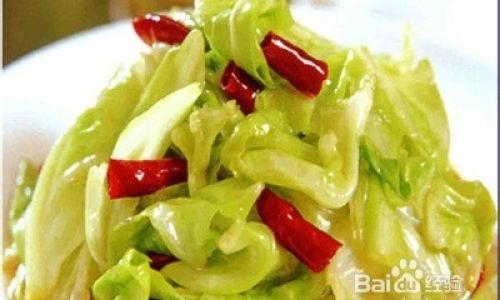
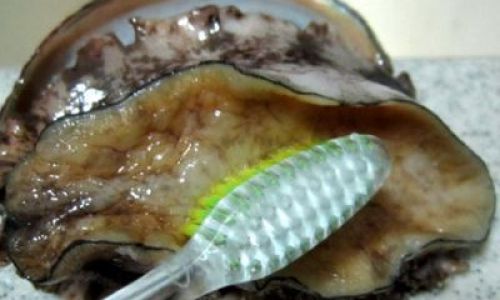
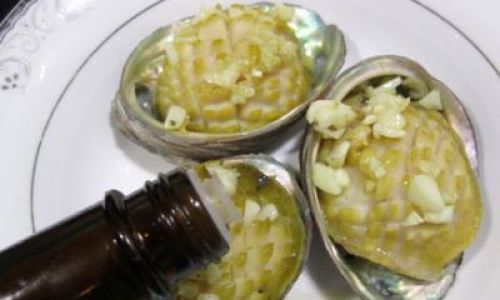
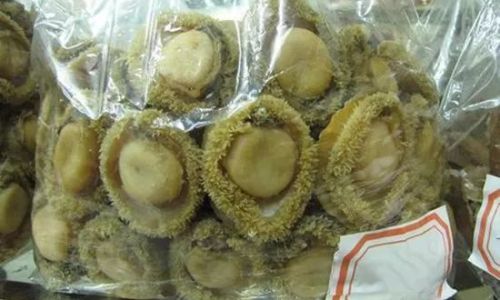
0 comments